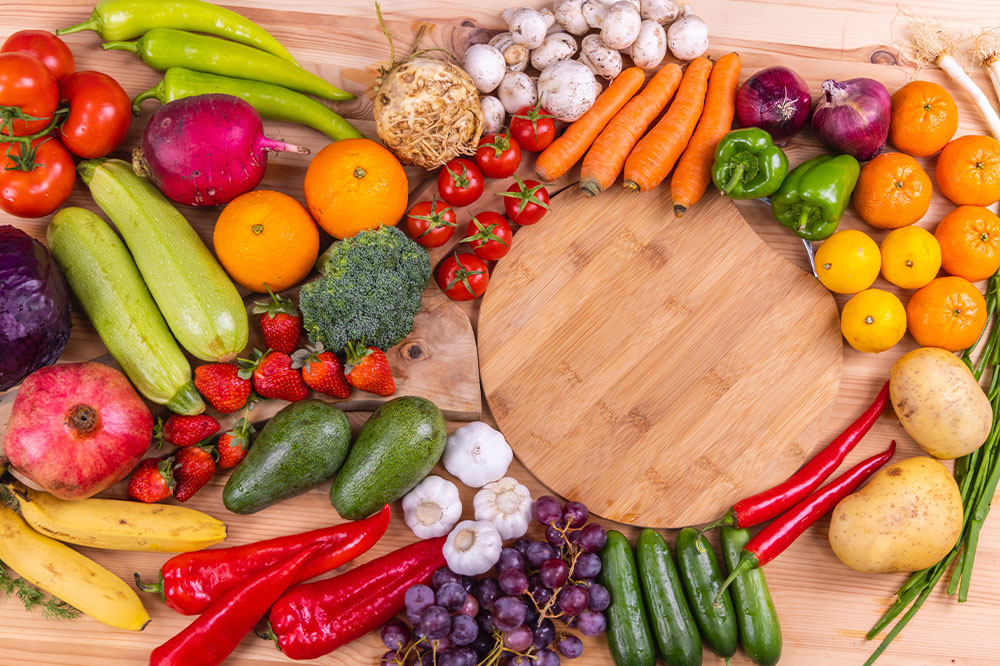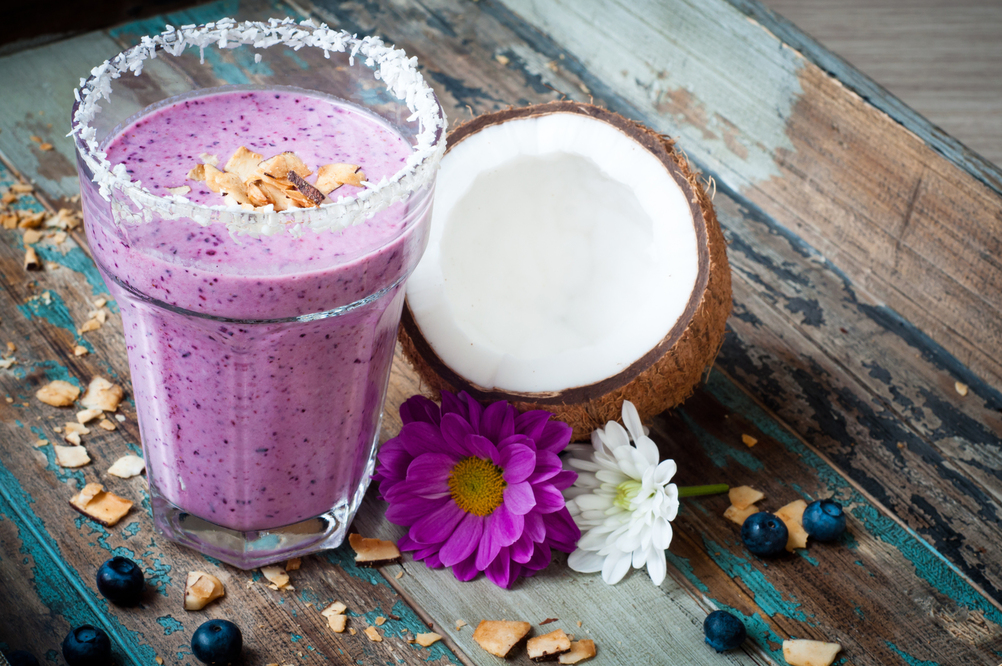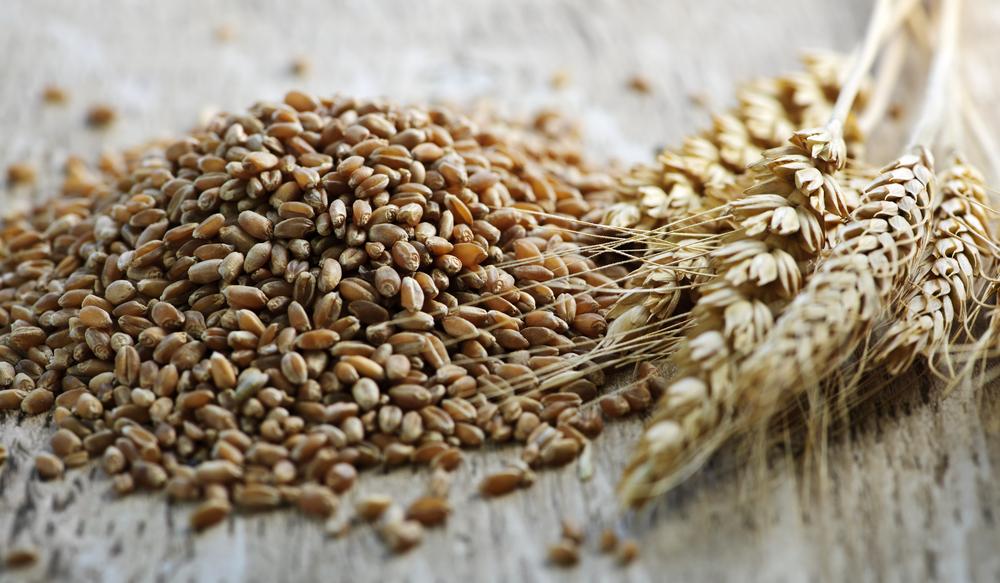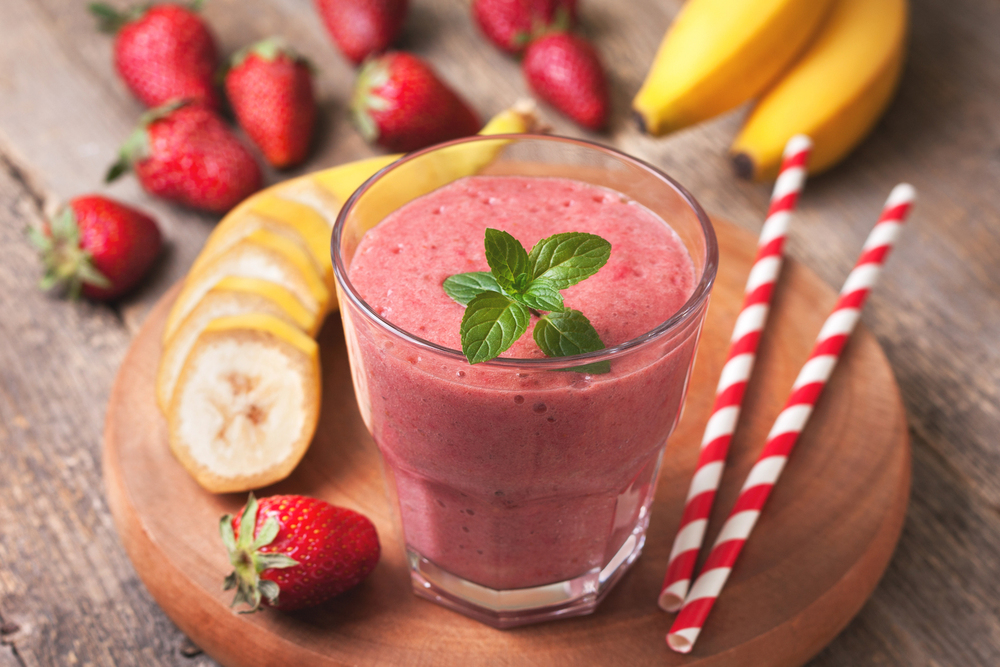Nutritional Advantages of Consuming Fruits and Vegetables
Discover the multiple health benefits of incorporating a variety of fruits and vegetables into your diet. Learn about different types, their nutritional value, preparation methods, and how they can help prevent chronic diseases. Moderation is key, and this guide emphasizes balanced consumption for optimal wellness and longevity.

Health Advantages of Eating Fruits and Vegetables
Fruits and vegetables play a vital role in maintaining good health. Packed with essential vitamins and nutrients, they are safe to consume in large quantities. These foods support bodily healing, disease prevention, and overall wellness, unlike processed foods or sugary snacks. Ideally, your plate should be half filled with fresh produce, complemented by healthy proteins and whole grains for a balanced diet.
Varieties of Fruits & vegetables
They come in a spectrum of colors, shapes, and sizes, with some available year-round and others seasonal. Each type delivers specific vitamins and minerals, underscoring the importance of eating a diverse range of produce to meet nutritional needs.
Fruits are classified into various categories based on their characteristics. Stone fruits, such as apricots and peaches, contain a hard pit. Citrus fruits, including oranges and lemons, have segmented flesh surrounded by a thick membrane. Tropical fruits like mangoes and bananas flourish in warmer climates south of the Tropic of Cancer. Berries, such as strawberries and blueberries, are small and bursting with color. Melons like watermelon and honeydew have thick skins and seeds inside. Pome fruits, including apples and pears, feature a fleshy exterior with seeds at the core.
Vegetables are categorized by the plant part consumed. Leafy greens like spinach and kale are nutrient-dense. Tubers such as potatoes and yams are underground stems. Root vegetables like carrots and beets grow beneath the soil. Cruciferous vegetables, including broccoli and cauliflower, have edible flowers. Stems of plants like celery and asparagus are also edible. Botanically, some vegetables like tomatoes and cucumbers are fruits but are often cooked as vegetables. Bulb vegetables including garlic and onions grow underground with edible bulbs. These versatile foods can be eaten raw, roasted, steamed, or stir-fried, offering a broad culinary palette.
Why Include Fruits & Vegetables in Your Diet
These foods provide high levels of fiber, antioxidants, minerals, and vitamins like A, C, and E. They are low in calories and fat, making them essential for a healthy lifestyle. Regular consumption helps lower bad cholesterol, control blood pressure, and reduce risks of heart disease. Phytochemicals present in produce also contribute to protecting against illnesses like diabetes, hypertension, and certain cancers.
Potential Downsides of Excessive Intake
While beneficial, over-consuming fibrous vegetables can cause digestion issues such as bloating and gas, especially with raw cruciferous types. Consuming large quantities of fruit may lead to elevated blood sugar and dental problems due to sugar content. According to health authorities, most adults do not meet the recommended daily intake—only about 10% reach the suggested 1.5-2 cups of fruit and 2-3 cups of vegetables. Research shows that eating at least 5 servings daily can reduce early mortality and extend lifespan by several years.
Note:
Our blog provides valuable insights across various health topics. Readers are encouraged to consider our information as a guide rather than definitive advice. The editorial content may not reflect all current data or offers available elsewhere. Always consult healthcare professionals for personalized recommendations.










